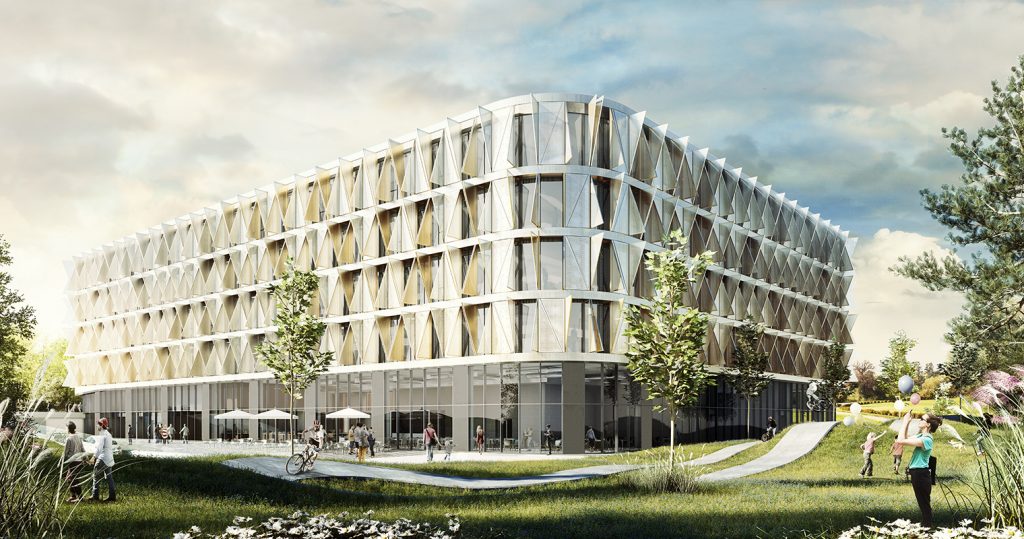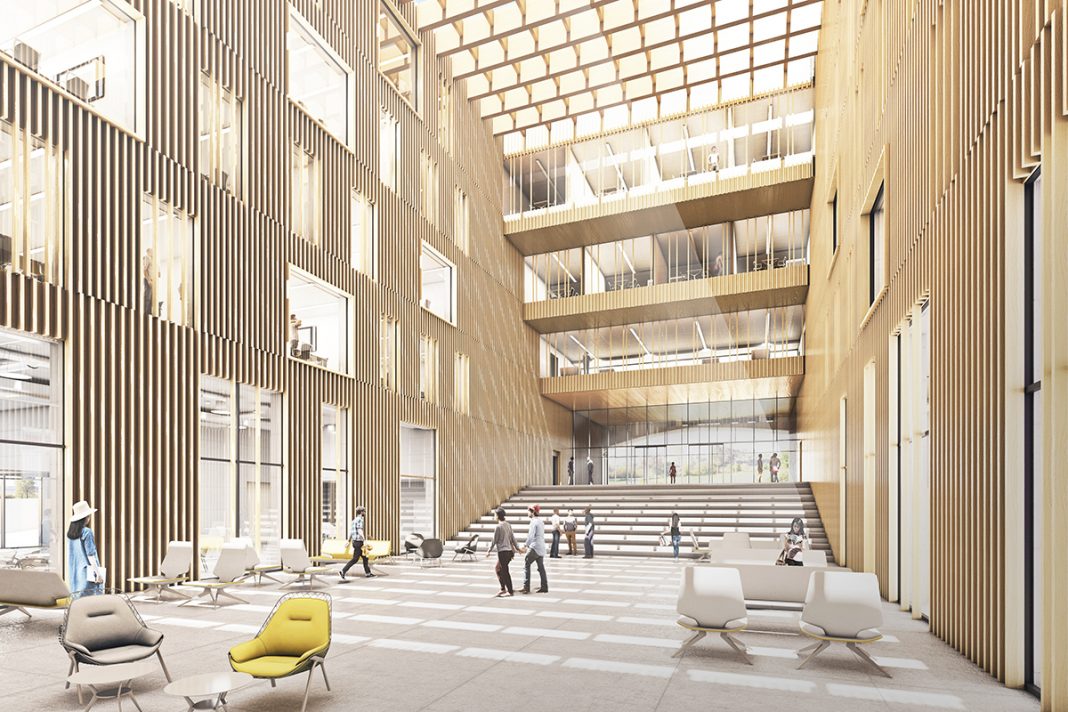OPEN BIM offers a more democratic and flexible approach to delivering buildings, bringing significant added value to clients
The construction industry is in the middle of its largest transformation in decades – processes and workflows are moving from traditional analogue processes to integrated digital workflows. While Building Information Modelling (BIM) has been one of the key drivers of this change, important challenges remain: how to better connect the different stakeholders involved in a project, and how to enable seamless collaboration while ensuring the longevity of the data created during the process and throughout the whole building lifecycle.
The key to achieving this is OPEN BIM, an approach which empowers all stakeholders to participate in projects regardless of their team setup and choice of technology.
OPEN BIM is a democratic approach to delivering buildings
In traditional workflows, the project team needs to agree upfront on the use software solutions, which are typically from a single vendor to ensure compatibility. In contrast, OPEN BIM, in contrast, provides a much more democratic and flexible approach throughout the entire project. The huge advantage is that each party can continue to use its preferred software, which is already optimised for the job. This not only helps to equalise the marketplace, but also enables higher quality output overall, ultimately ensuring the longevity of the data for the owner of the built asset.
The Nemetschek Group supports the OPEN BIM approach with all its brands, and is involved in the continuous improvement of open standards such as IFC and BCF via independent organisations such as buildingSMART.
OPEN BIM offers significant added value to all stakeholders
The benefits of the “open” approach for clients, architects, designers, engineers, construction companies, and operators of the building are significant, including a higher degree of cost certainty for owners even at the preliminary design phase, and better coordinated and clear design intent communicated by designers to all disciplines. Together, these benefits will greatly contribute to reducing the possibility of errors and unnecessary rework later in the construction phase.
In addition, a building model that is developed into an as-built model at completion and project handover provides the basis for a facility management model with a detailed database. For the subsequent operation phase of a building, this is essential information for effective maintenance, as well as ensuring the most comprehensive recycling possible in the event of conversion, renovation or demolition in the future.
OPEN BIM means communication, cooperation, and collaboration
The above-mentioned advantages are particularly beneficial where there is coordinated planning and close cooperation between all the project partners. Open systems in the OPEN BIM process do not only refer to technical parameters but also include direct, open, and solution-oriented communication with each other. This means that a paradigm shift in construction is imminent. The recognition, assignment and joint, open, and constructive handling of problems and errors is demanded and supported by OPEN BIM. This brings the OPEN BIM approach a great deal closer to the goal that has been pursued by generations of building professionals – to make collaboration and multidisciplinary cooperation integral to the construction process.
5 reasons why the construction industry comes last in terms of digitalisation… and how OPEN BIM can help accelerate it
-
Building projects are one-off products
Buildings – as opposed to machinery – aren’t mass-produced. Each design is unique so that it best meets a specific client’s needs and best fits the characteristics of a specific building site. Needless to say, this makes automation extremely hard. OPEN BIM helps digitalise the design process by allowing access to previous design data, such as building modules, components, and templates which were created in open formats.
-
Delivery teams are broad and fragmented
Delivering buildings requires the concerted effort of dozens of different disciplines and stakeholders. In the traditional workflow, stakeholders have usually fallen back to the least common denominator: flat (2D) drawings to exchange information, which characterises the analogue way. OPEN BIM helps digitalise building processes by offering reliable, open, 3D data models for information exchange.
-
Contractual liabilities force trades to operate in silos
The way the building industry is setup, profits or losses depend heavily on stakeholders’ success in avoiding rework and indemnities. As a result, each trade works hard to optimise around their individual deliverables, usually worrying little about the overall project. OPEN BIM helps digitalise project coordination by offering transparent, neutral data interfaces for stakeholders to aggregate and coordinate into a holistic view.
-
The building industry is locally regulated
Building codes and regulations are defined regionally at country and municipality levels. This results in tools and content tailored to support local standards and needs. While a high level of localisation helps individual trades, it also makes interdisciplinary collaboration even the more challenging. OPEN BIM helps digitalise collaboration by providing model-based workflows between stakeholders independent from the tools they have chosen to use.
-
Stakeholders aren’t interested in transparency
To a great extent the building industry has been the victim of creative resource management, which is typical of projects with vast budgets and bespoke solutions. OPEN BIM enables the digitisation of processes and data, thereby making information transparent and accessible. OPEN BIM ultimately helps improve the efficiency and productivity of an industry that generates one-third of all human waste.
Ákos Pfemeter
OPEN BIM Program Manager, Nemetschek Group
Tel: +49 89 540 459 255
Please note: this is a commercial profile.














